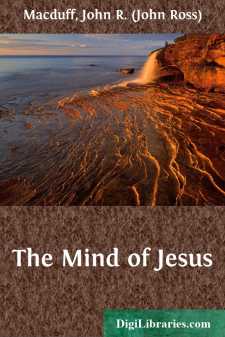Categories
- Antiques & Collectibles 13
- Architecture 36
- Art 48
- Bibles 22
- Biography & Autobiography 813
- Body, Mind & Spirit 142
- Business & Economics 28
- Children's Books 17
- Children's Fiction 14
- Computers 4
- Cooking 94
- Crafts & Hobbies 4
- Drama 346
- Education 46
- Family & Relationships 57
- Fiction 11829
- Games 19
- Gardening 17
- Health & Fitness 34
- History 1377
- House & Home 1
- Humor 147
- Juvenile Fiction 1873
- Juvenile Nonfiction 202
- Language Arts & Disciplines 88
- Law 16
- Literary Collections 686
- Literary Criticism 179
- Mathematics 13
- Medical 41
- Music 40
- Nature 179
- Non-Classifiable 1768
- Performing Arts 7
- Periodicals 1453
- Philosophy 64
- Photography 2
- Poetry 896
- Political Science 203
- Psychology 42
- Reference 154
- Religion 513
- Science 126
- Self-Help 84
- Social Science 81
- Sports & Recreation 34
- Study Aids 3
- Technology & Engineering 59
- Transportation 23
- Travel 463
- True Crime 29
Sánkhya Aphorisms
Categories:
Description:
Sankhya is one of the six schools of Hindu philosophy that accept the authority of the Vedas (Sruti). The other schools are Yoga, Nyaya, Vaisheshika, Vedanta, and Mimamsa. Sankhya is closely related to the Yoga school. The founder of the Sankhya school was Sage Kapila. Three canonical texts of this school are available today: Isvarakrishna's Sankhya Karika, Tattva Samasa, and the Sankhya Sutra of Sage Kapila. The present book is an English translation of the Sankhya Sutra. The following commentaries exist on the Sankhya Sutra: Sankhya Pravachana Bhashya by Vijnana Bhikshu, Kapila Sankhya Pravachana Sutra Vritti by Aniruddha, Laghu Sankhya Sutra Vritti by Nagesa, and Sankhya Pravachana Sutra Vritti Sara by Vedanti Mahadeva.
Sankhya is an atheistic school of philosophy that does not accept the existence of a creator or God. However, it does acknowledge the existence of souls (Purusha), which are pure consciousness. This world is a modification of primordial matter (Prakriti), which is unconscious. Life is full of suffering. However, in reality, this pain does not belong to the soul; it just gets reflected on it due to its proximity to Prakriti. Discriminative knowledge—realising that the Purusha is completely distinct from Prakriti—leads to liberation (Moksha), which is the complete and permanent cessation of pain.
Sankhya has had a profound impact on Hinduism. The metaphysics described in Sankhya has been assimilated by its rival school, Vedanta. Tantra, which is largely a practical-oriented discipline, also has its theoretical basis in Sankhya. Even in the Bhagavad Gita (chapter 2), Krishna instructs Arjuna on the Sankhya doctrine. The Vishnu Purana (2.14.9) mentions that Sage Kapila was an incarnation of Lord Vishnu, the universal being, manifested in this universe to free the world from delusion.
The Sankhya Sutra was originally translated by James R. Ballantyne and published in 1852 under the title "The Sánkhya Aphorisms of Kapila with Illustrative Extracts from the Commentaries." In 1885, the third edition was published, edited by Fitzedward Hall. The original edition is now in the public domain, and the text of the present book is sourced from that edition. The original book included Sanskrit verses along with English translations. We have removed the Sanskrit verses and footnotes to make the text more accessible to general readers.












